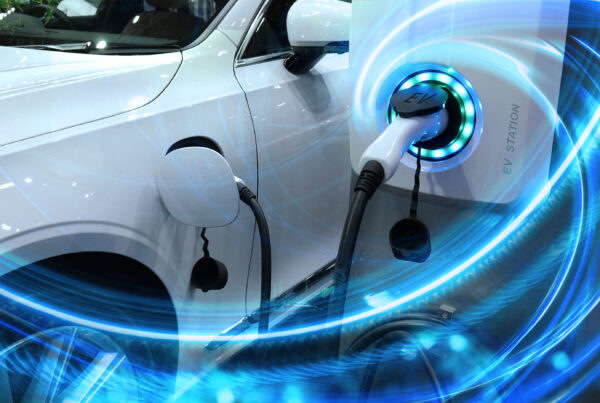Electric vehicles (EVs) could help save up to €175 billion (about $286 billion) in energy costs by 2040, according to a new study by Transport & Environment (T&E) and the Fraunhofer Institute in Europe.
The study, called Batteries on wheels: The untapped potential of EVs highlights how vehicle-to-grid (V2G) could transform EVs into powerful “batteries on wheels.” This would not only cut costs but also boost renewable energy integration. It could also potentially position EVs as a crucial asset for Europe’s energy system.
Key Findings on Cost Savings and Energy Integration
The study reveals that by 2040, widespread use of V2G technology could save Europe’s energy system €22 billion (about $35.7 billion) each year, lowering annual energy costs by 8.6 per cent.
Electric vehicles have put road transport on the path to decarbonisation, but they have more economic benefits yet to be realised,” said T&E’s vehicles policy manager Fabian Sperka.
Additionally, EVs with bidirectional charging could become a major power source. By 2040, they could contribute up to 9 per cent of Europe’s total energy needs, potentially meeting 15 tp 20 per cent of electricity demand during peak times. With this, Europe can add 430 gigawatts of solar energy capacity, nearly doubling its current solar power.
Benefits for Drivers and Renewable Energy
Bidirectional charging would allow drivers to charge their cars when electricity prices are low and even earn money by selling power back to the grid. This could reduce annual electricity bills by 4 to 52 per cent, saving some drivers up to €780 (about $1200) a year. It could also extend EV battery life by 9 per cent by maintaining an optimal charge state.
Additionally, bidirectional EVs could help reduce the need for separate battery storage by 92 per cent and cut down the number of backup power plants needed.
“By storing excess renewable energy that would otherwise be lost, Europe’s EV fleet could contribute up to 9 per cent of the EU’s annual power needs by 2040,” the report said.
Challenges and Need for Standards
Despite the potential, V2G technology faces some challenges. Not all EVs currently support bidirectional charging. Moreover, car manufacturers often use different charging systems. This lack of standardisation makes it hard for all EVs to work with all chargers and limits V2G technology from reaching its full potential.
“V2G can only take off if we ensure all EVs can work with all chargers. Lawmakers can unlock the potential of this technology by deciding the EU standards for bidirectional charging,” said Mr. Sperka.
With new standards, EVs could better support renewable energy goals, reduce energy costs, and even help stabilise the grid.
Did you find this article interesting? Click the ‘heart’ button above to give it a ‘like’!



















